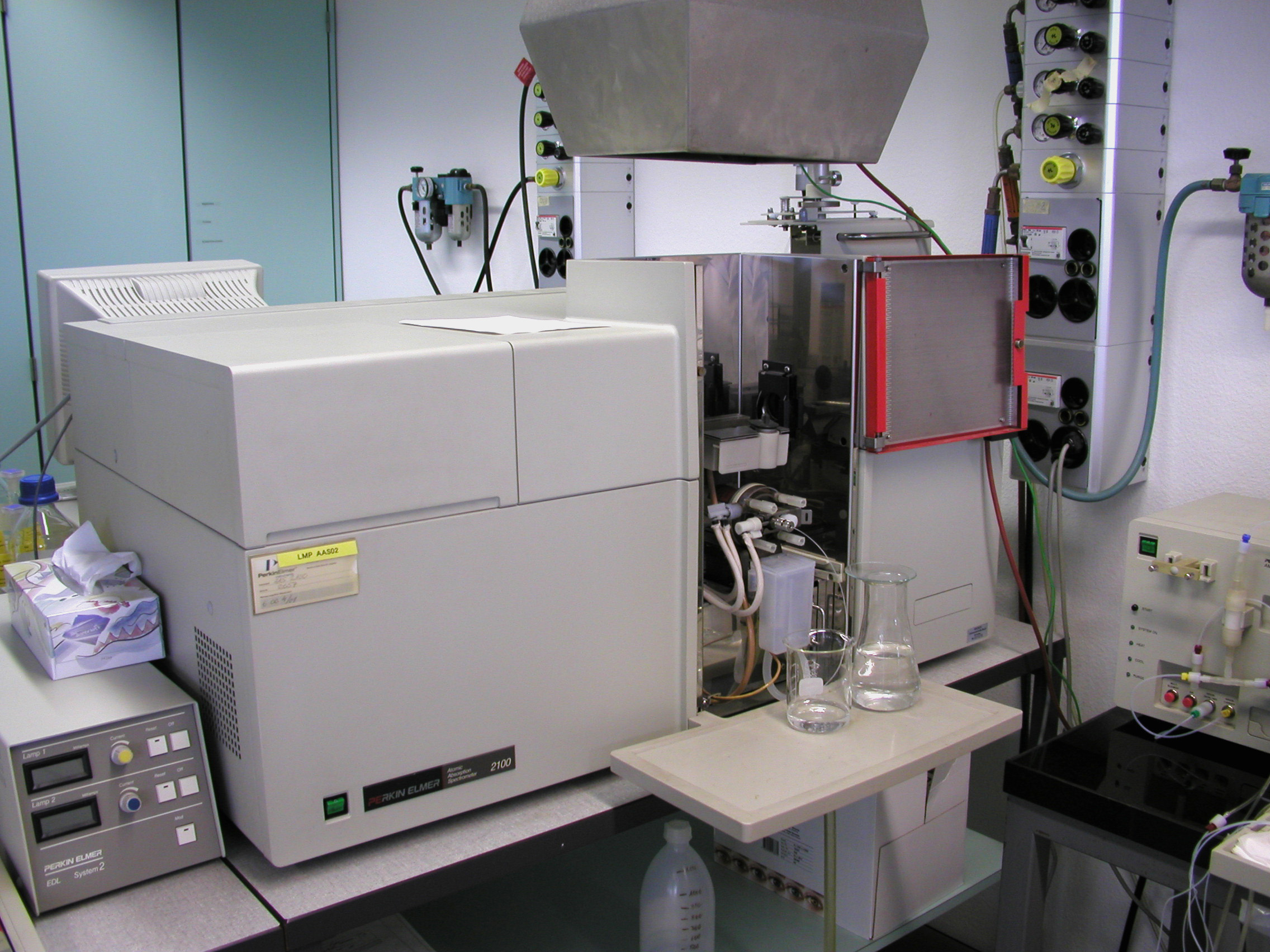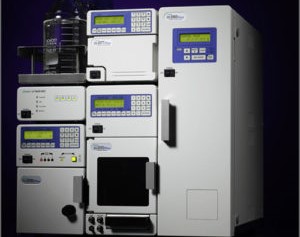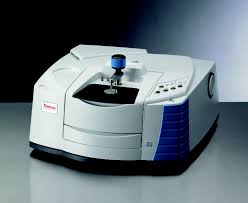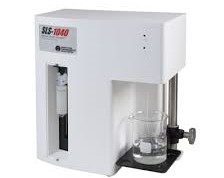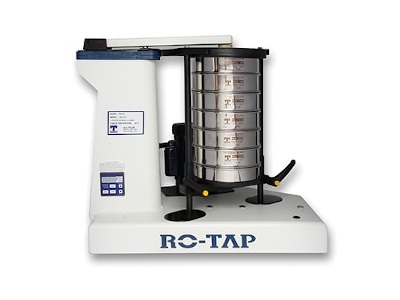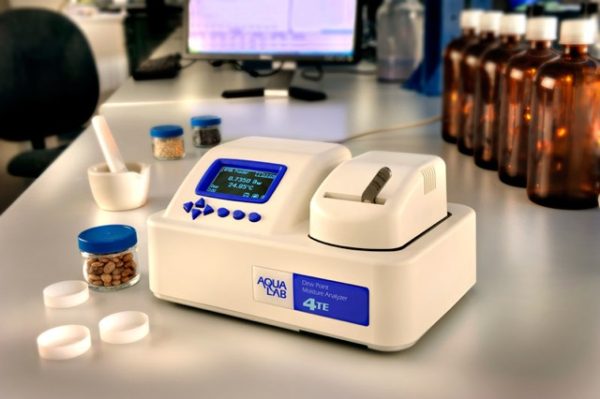-
Client
John Michael -
Year Date
April 20,2019 -
Location
Bulls Stadium, Califorina -
Category
Automation, Equipment
Liquid Particle Counter
The test for particulate contamination in parenteral preparations is a critical test and is a mandatory pharmacopoeial requirement. The pharmacopeias prescribe either a microscopic particle count or a light obscuration liquid particle counter, to carry out this test. We at Arbro have been offering the microscopic particle count test for many years now and are pleased to share that we have recently installed the light obscuration of a liquid particle counter in our laboratory, to fulfill this frequent requirement from our customers involved in the manufacturing of parenteral preparations.

What is particulate contamination ?
The pharmacopeia defines particulate contamination as “the unintentional presence in injections and infusions, of extraneous, mobile, un-dissolved substances, other than gas bubbles. These solids may consist of individual components or a mixture of cellulose, glass, rubber cores from vials and plastic fragments”
What is a potential source of particulate contamination ?
Even though sterile manufacturing facilities and processes are designed and controlled to minimize the generation of particulate matter. Still, it is possible for contamination from any of the following sources to enter the product –
- Manufacturing environment
- Process equipment
- Manufacturing personal
- The packaging components
- Can be generated by chemical reaction or incompatibility of ingredients of the formulation.
Why should it be controlled ?
The test for particulate matter primarily deals with non-infectious particles which may be present in an intravenous formulation. Though these particles are not infectious, it is known that particles larger than 5 µm can damage or even block blood vessels leading to severe adverse effects. Particle contamination can even lead to embolisms in the brain and respiratory system which can be fatal.
What are the Pharmacopoeial requirements ?
Solutions for injection administered by the intramuscular or subcutaneous route must meet the requirement of particle matter in the injection. Parenteral preparation including solution constituted from sterile solids is expected to be free from particles of approximately 50µm or more that can be observed by inspection with the unaided eye. However, Parenteral preparations in containing 100 ml or more of a single dose large volume injection intended for administration by intravenous infusion should comply with the limits of subvisible particle prescribed in this test.

